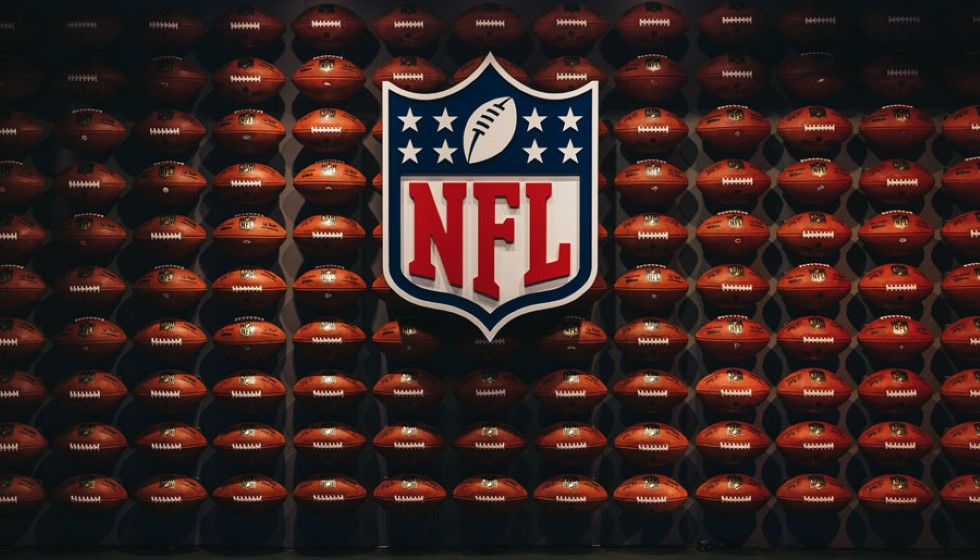
The National Football League (NFL) is a mammoth organization, boasting 32 teams and a player count exceeding 2200. At the core of its recruitment and team-building strategy is the NFL Draft, an eagerly awaited event each April that draws attention from fans, players, and team executives alike. This crucial event in the NFL calendar not only determines the fate of young collegiate athletes but also shapes the dynamics of the league for seasons to come.
Understanding the NFL Draft
The draft spans three days and sees around 250 collegiate players make the jump to professional football. Its structure is meticulously designed to ensure a competitive balance across the league. Teams are allocated one pick per round across seven rounds, with the order inversely related to their performance in the previous season. This arrangement seeks to bolster the squads of the less successful teams by giving them first dibs on the emerging talent pool.
However, the draft is more than just a simple selection process. Teams engage in detailed evaluations to gauge not only a player's skill set but how well they would mesh with the existing team structure and playbook. It's a high-stakes game of fit and potential as much as it is about raw talent.
Strategic Depth and Trade Dynamics
Adding to the complexity of the draft is the ability of teams to trade picks. This layer of strategy introduces a thrilling unpredictability to the event. Teams may trade up to secure a player they highly value or trade down to accumulate more picks in later rounds, betting on their ability to spot talents in the rough.
This trade mechanism is a testament to the draft's significance in maintaining the NFL's competitive balance. Well-executed trades and draft strategies can rejuvenate a team's roster or bolster an already strong contingent, keeping the league's competitive dynamics fluid and exciting.
Success Beyond the Early Rounds
One of the most compelling aspects of the draft is its promise that talent can be found in any round. Tom Brady, arguably one of the greatest quarterbacks in NFL history, was famously picked 199th overall in the 2000 draft. His illustrious career, marked by numerous championships and records, is a stark reminder that draft position is but a number – determination, skill development, and finding the right team fit are equally, if not more, important.
Apart from those selected in the draft, undrafted players have an avenue to make their mark in the NFL as well. Teams can sign these players, providing an alternative route to the league for those who were overlooked in the draft. The success stories of undrafted players further underscore the fact that perseverance and hard work can pay off, and that the draft, while critical, is not the sole determinant of a player’s potential impact in the NFL.
Impacting the League
The NFL Draft is a cornerstone event that helps to preserve the competitive landscape of the league. Its complex structure, involving rounds, pick trades, and evaluations, underscores the strategic depth teams delve into in pursuit of success. While the spotlight often rests on the first-round picks, history has shown that game-changers can emerge from any round – or even outside the draft altogether.
The draft's significance extends beyond merely allocating collegiate talents to professional teams. It embodies the hope and possibility inherent in sports – that with the right opportunity and environment, success is not predetermined by draft status but forged through hard work, strategy, and a bit of serendipity. As teams and fans alike look forward to the next NFL Draft, the anticipation is not just about the players who will be selected but about the future stories of success, resilience, and competitive spirit that will unfold in seasons to come.